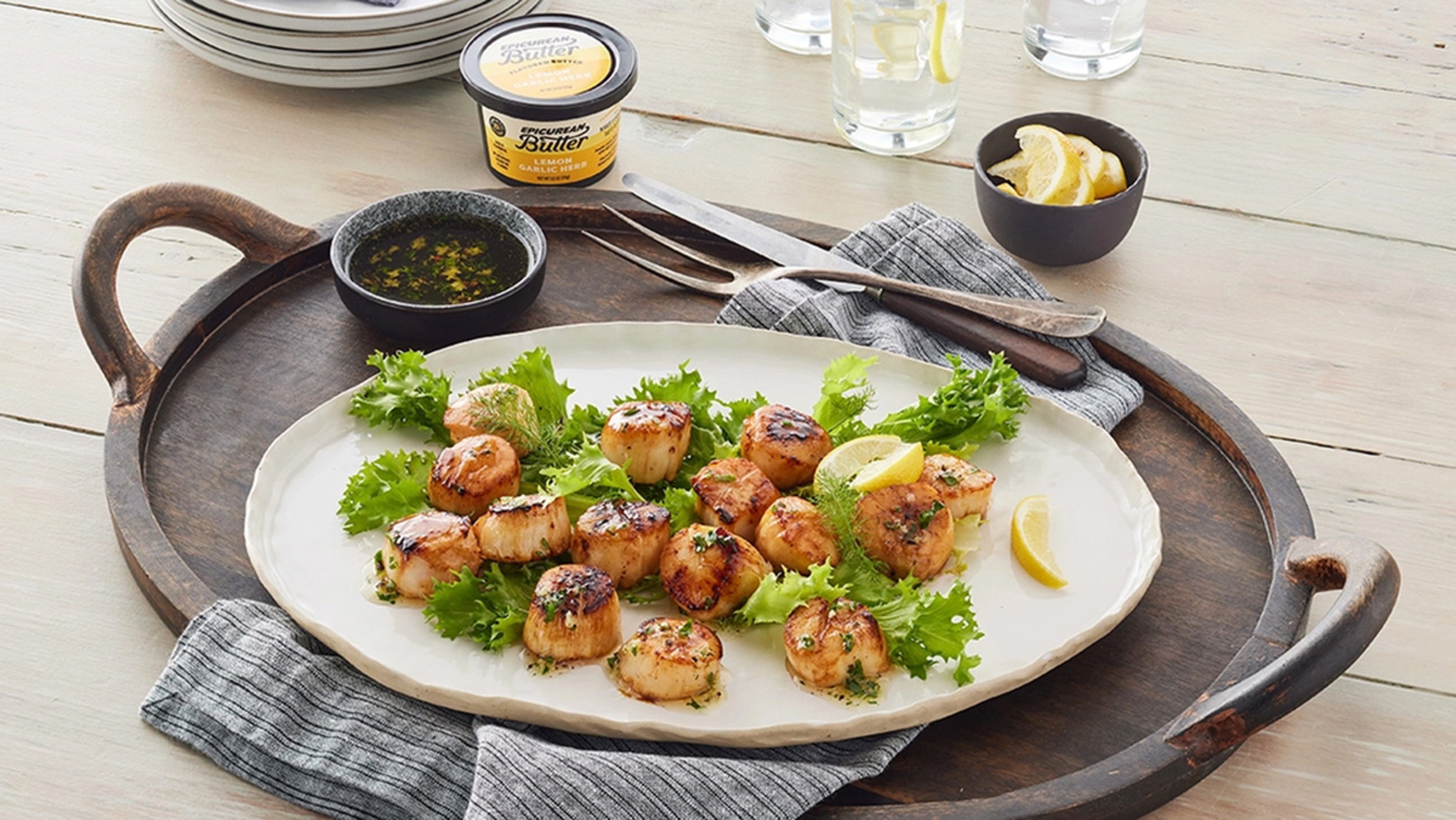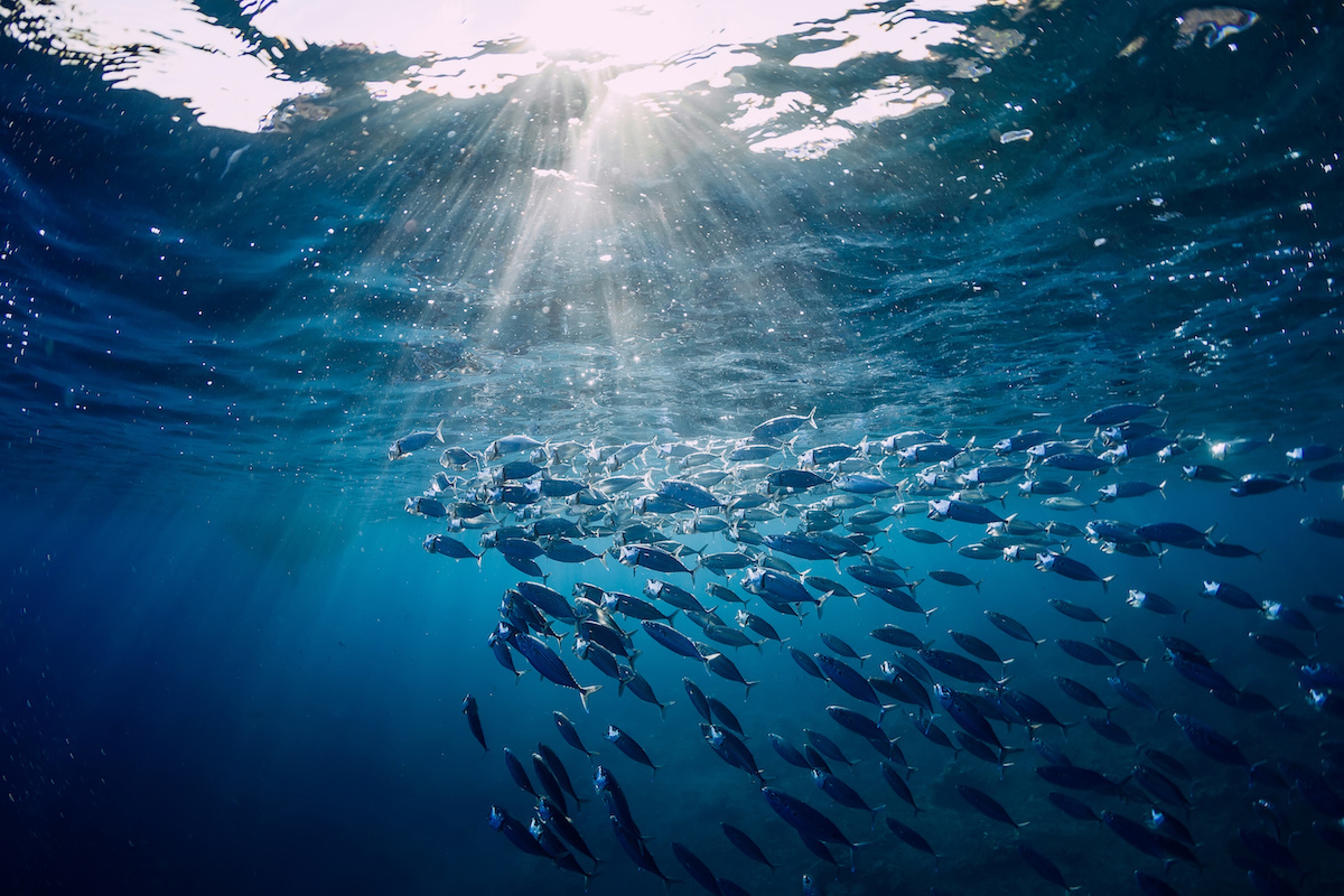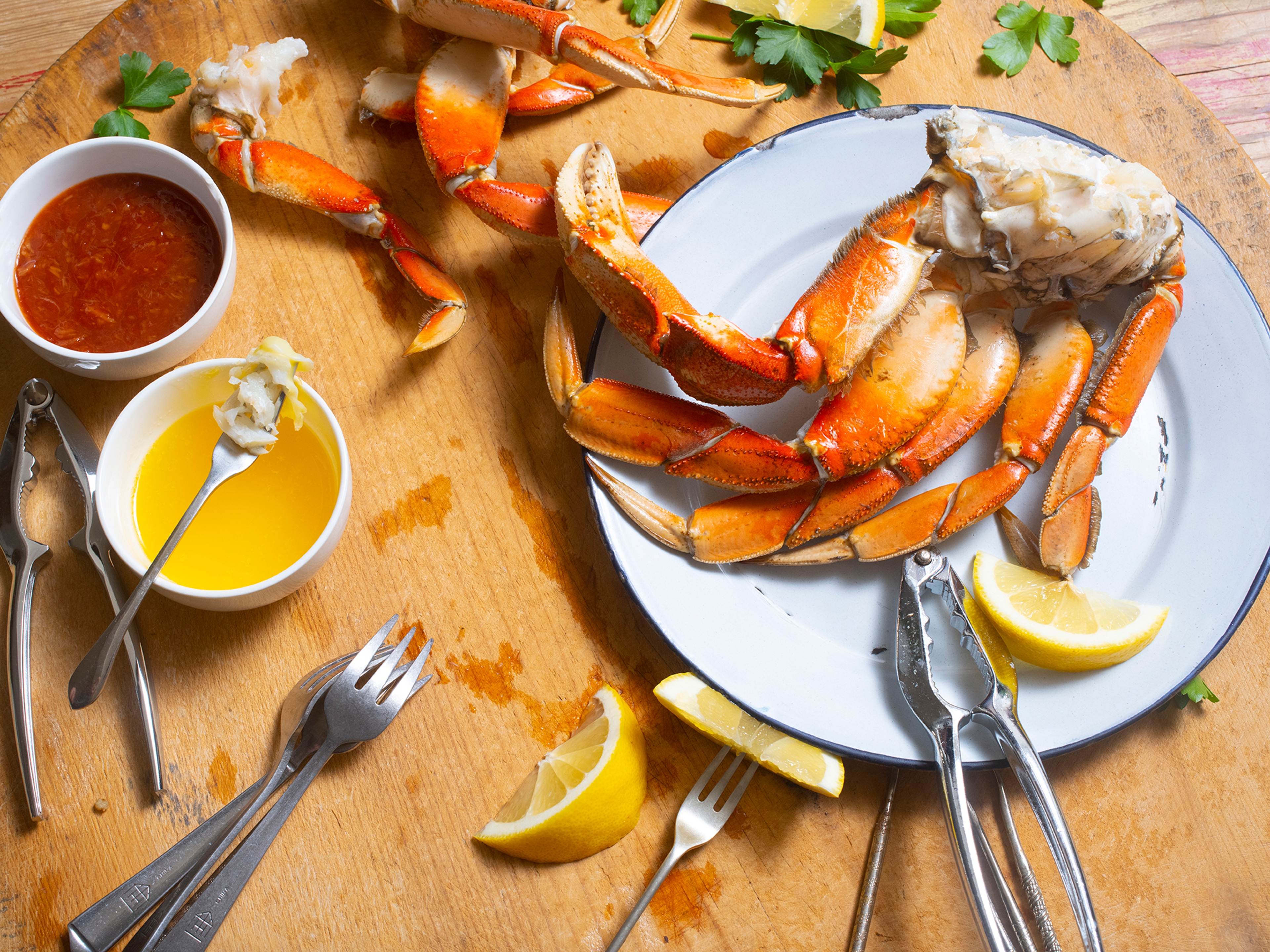Meet the Siberian Taimen: The Monster Salmon
Legend has it, the monster salmon has eaten a group of hunters. Do you believe in legends?
May 06, 2022
The tale of the Siberian monster salmon begins a long time ago, when a group of nomads wandered the Siberian plateau. In the dead of winter, the land that normally provided food was frozen over, and they were starving.
One day they came to a great river. Approaching its bank, they spotted a giant fish, a veritable monster salmon, trapped in the ice. The hungry travelers made camp and feasted on the animal, carving off bits of flesh to eat while it was still alive. It was so big that every day, all through the winter, they feasted on the huge fish, hardly making a dent in its giant body. Finally, spring came and with it the thaw, freeing the fish from the ice.
Angry, the giant fish sprang from the ice and ate every single one of the unlucky hunters.
So goes an oft-repeated Mongolian legend about the Siberian taimen, the world's largest salmon species. Also known by the scientific name Hucho taimen, they're salmonids, a family classification that includes both salmon and trout.
The taimen live in the frigid rivers of Siberia, spread across Russia, Mongolia, Kazakhstan, and China. They are apex predators. Some historical accounts record Siberian taimen weighing more than 200 pounds.
For comparison, the Alaskan king salmon typically tops out at about 50 pounds. The largest ever, caught in the Kenai River in 1985, weighed 97 pounds.
Taimen fish might not eat people (that we know of), but they're certainly capable of swallowing a regular salmon whole.
Learning about taimen offers us yet another reason to marvel at the power, complexity, diversity, and ecological significance of salmon and their kin, and to recommit ourselves to their protection worldwide.
Siberian taimen, wolves of the rivers

The Siberian taimen earned the nickname “river wolf" for its peculiar habit of hunting in packs, similar to their canid counterparts. A taimen mostly eats fish, but the huge salmon also chases animals like lemmings, muskrats, and ducks, even when they are entirely out of the water.
Conservation scientist and taiman expert Matt Sloat told Flylords Magazine that there's even a report of a “taimen that choked to death trying to eat a small dog." Monster salmon indeed!
There are five species of taimen in the world, and the Siberian is the biggest, most common, and most well-known. They dwell only in rivers and lakes and don't travel to and from the ocean like other wild salmon, though they do migrate to and from their freshwater spawning grounds. Taimen populations are shrinking. The Red List of the International Union for Conservation of Nature lists the fish as “vulnerable." That means they're not quite endangered, but close.
The other taimens are at even more risk of extinction. The Danube taimen is on the endangered species list and the Sichuan taimen and Sakhalin taimen are both critically endangered. They're all threatened by habitat loss, pollution from industries in their watersheds, and, especially, overfishing. There's also taimen in North Korea, but its status is unknown.
Monsters under threat
Taimen live a long time, reaching ages of up to 30, and possibly up to 50, years and they grow slowly. That means it's hard for the huge salmon's populations to bounce back after major losses.
Both international and local Siberian conservation groups are working to protect the taimen and the watersheds they call home, while biologists continue learning about what makes them tick. That includes learning more about the differences between taimen species, and better understanding how close they might be to extinction, as well as studying their migration, spawning habitats and life history.
A monster catch
As you might imagine based on their size, taimen are a noteworthy trophy for anglers, especially fly fishermen. Anglers will go to great lengths (and often take helicopters) to reach remote locations for a chance at the monster salmon. Although no one has found a 200-pound specimen for decades, sportsmen still encounter taimen over six feet long and 100 pounds.

Still, part of that rarity may be the exceptional remoteness and wildness of the monster salmon's preferred habitat. These giants live in some of the world's most pristine habitats. These are places where (mountain) lions and tigers and bears still reign.
The other frozen salmon
Today's anglers won't be eating any taimen, as they're legally protected, but we hear they are tasty, especially when fried and in soups, and especially when you've been wandering, starving, on the Siberian steppe.
At Vital Choice, we won't be serving up taimen anytime soon. But we do have a diverse variety of wild salmon from the equally pristine waters of Alaska. Try our Wild Salmon Sampler, to compare sockeye and silver salmon to the Alaskan version of a giant salmon, the mighty king.
Or incorporate halibut and cod into the mix with our Discover Wild Sampler. We promise none of our fish will eat you once thawed.







